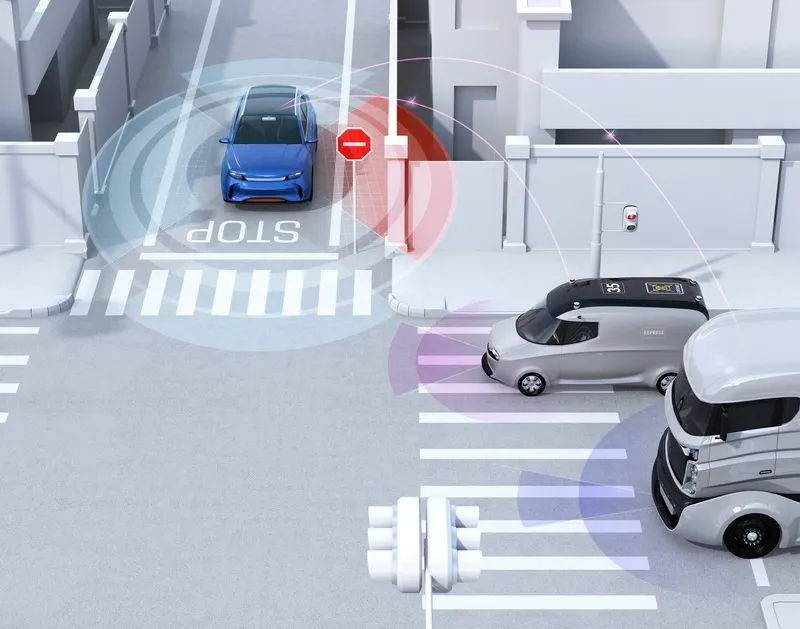
In breaking news from the ITS World Congress,
Following meetings at Intertraffic in Amsterdam and consequent conversations with engineers, HMI decided to purchase the vehicle from French manufacturer
“Obviously, we’ve worked closely with Christchurch airport on this project but we’ve already received enquiries from other airports, government bodies and universities, all of which are keen to examine the potential for this technology,” said Zabrieszach.
“We’ve been watching the implementation of autonomous vehicles around the globe and we felt the best way for people to understand this technology, was to bring a unit to NZ.”
The NAVYA ARMA is electric and autonomous, it carries 12 passengers at a time and features multi-sensor technologies for accident prevention.
“The local regulations make it easier to test the NAVYA and we’ll let customers conclude just how much potential this technology has.
"Having the unit in NZ will also enable us to really understand the potential autonomous vehicles will have for our business,” he said.










